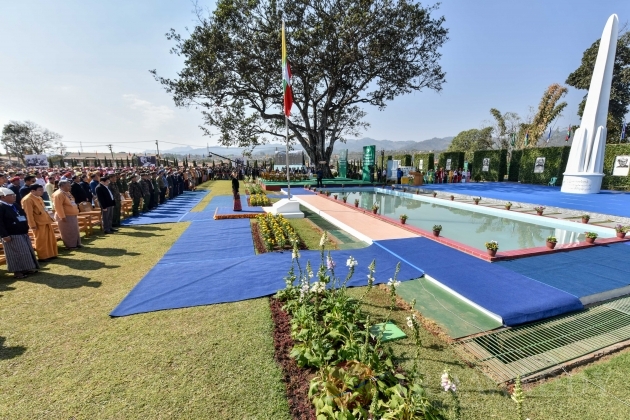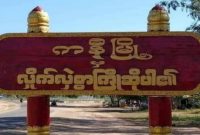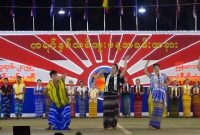The Pyidaungsu Hluttaw Representative Committee (CRPH), formed by representatives of the National League for Democracy (NLD), will form a new parliament in 2021. On March 31, the Federal Convention on Democracy was announced. The Federal Democracy Treaty is made up of two components: Part 1 is the rate at which federal democracy is to be established; စံ၊ The two main components are the interim constitutional provisions.
These interim constitutional plans include the formation of the National Unity Advisory Council (NUCC) and the convening of the NUCC. This includes the drafting of the constitution of the Federal Democratic Union and the referendum. In addition, the Interim National Unity Government; Ministry of Federal Affairs 2021 According to a May 2 statement, the NUCC will be in charge of drafting the constitution.
In 1947, before independence, the Border Investigation Committee (FACE), formed under the Aung San-Attali Treaty, recommended that a similar council be formed, such as the National Unity Advisory Council (NUCC). Therefore, the NUCC can be said to be back in history in 2021 Myanmar Myanmar’s Spring.
Recommendations for the Boundary Commission of Inquiry (FACE)
When it comes to the Boundary Commission of Inquiry, how did the Union come to be? Only the Aung San-Attali Treaty and the Panglong Agreement can be clarified together. Now Burma is a union of four British colonies under the 1947 Panglong Agreement. The four colonies are in the Chin Hills; Kachin mountainous areas; These were areas ruled by Burmese kings before the Union of Shan State and the British occupation.
The British invaded and occupied the four colonies separately and ruled by separate laws. In 1893, the Kachin Hills Tribes Regulation was enacted for the Kachin Hills. In 1896, the Chin Hills Regulations for the Chin Hills; In 1922, the Federated Shan States Act was enacted for the Union of Shan State, and the 1935 Burma Act was enacted in 1935 for territories owned by Burmese kings.
These colonies, which were ruled by separate slaves, had the opportunity to gain independence and establish a separate nation-state. However, in December 1946, a Burmese delegation led by General Aung San traveled to London to discuss the future of Burma with the British government and to simultaneously grant independence to the mountainous areas along with Burma. The Shan States Saophas Council sent a telegram to the British government stating that “the Burmese government delegation could not represent Shan State and the Highlands”.
1947 Due to objections to the telegram. On January 27, the Aung San-Attali Agreement, which was signed on January 27, agreed to include Article 8 as follows: Article 8
“Chin. Whether the Kachin and Shan should join forces with the Burmese interim government to achieve independence together
“If independence is to be achieved together, the Method of Association must be in line with the aspirations of the hill tribes.”
Due to Article 8, General Aung San said that the mountainous areas, Shan, The historic Panglong Conference was held on 12 February 1947 with the leaders of the Kachin and Chin ethnic groups, and the Panglong Agreement was signed. However, the Panglong Agreement The Chin and Shan hill tribes want to gain independence more quickly, so they have agreed to join the Burmese interim government, which does not include a method of association.
The Frontier Areas Committee of Inquiry (FACE) was formed with seven members, including Thakin Nu, and was led by Rees-Williams, a British Labor MP.
Boundary Commission of Inquiry Not only the Kachin and Shan ethnic groups, but also the wishes of the Karen and Karenni (Kayah) people were investigated and recommendations were submitted to the Constituent Assembly. According to the recommendations, the Union of Shan State and the Kachin Highlands want a federal state and the Union of States with the member states. Summarabum Thaung Zinc Representatives from Sinkalin Khamti and Homalin are from Burma (Mi)




